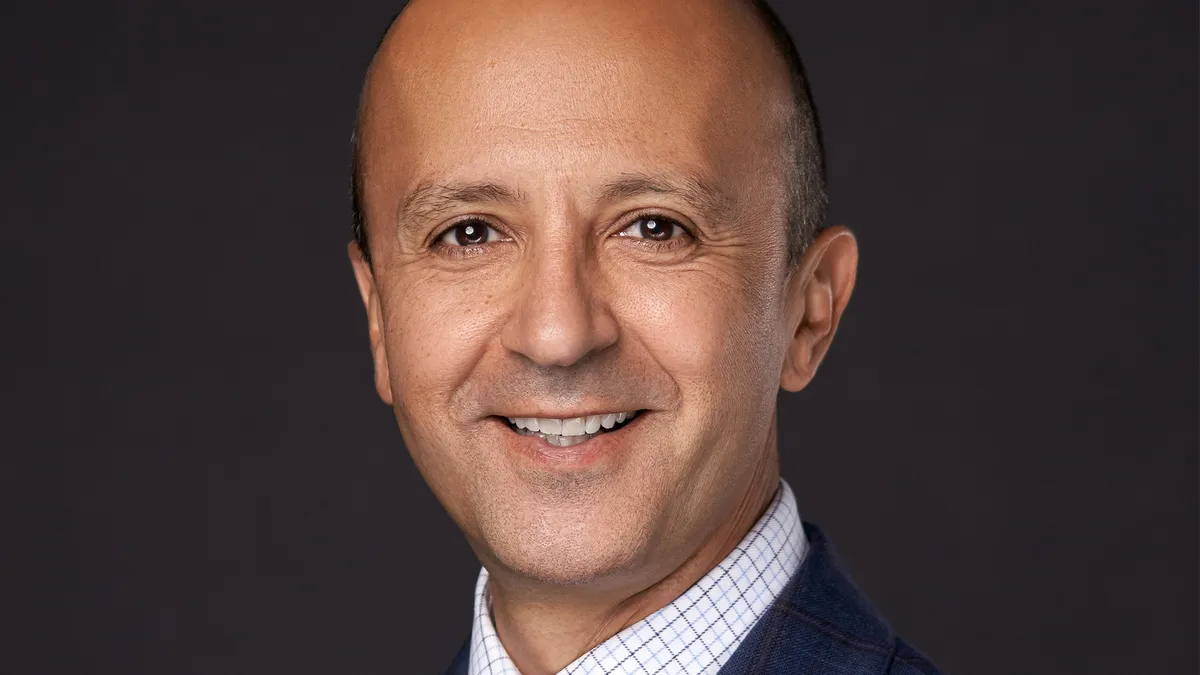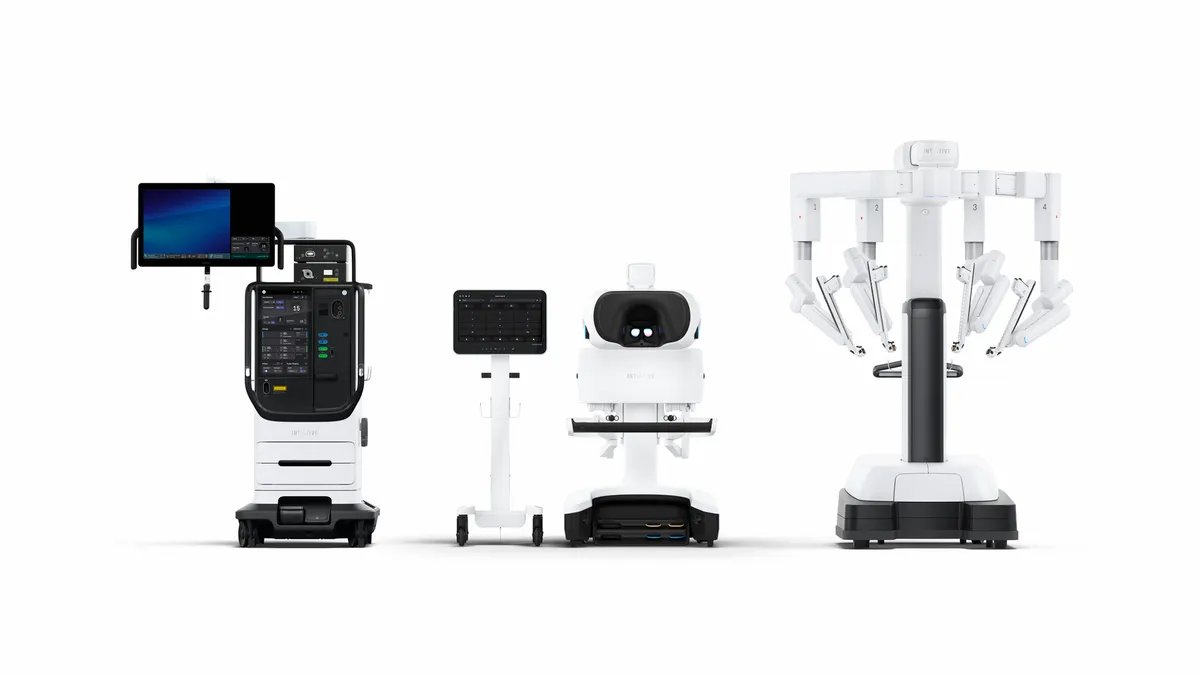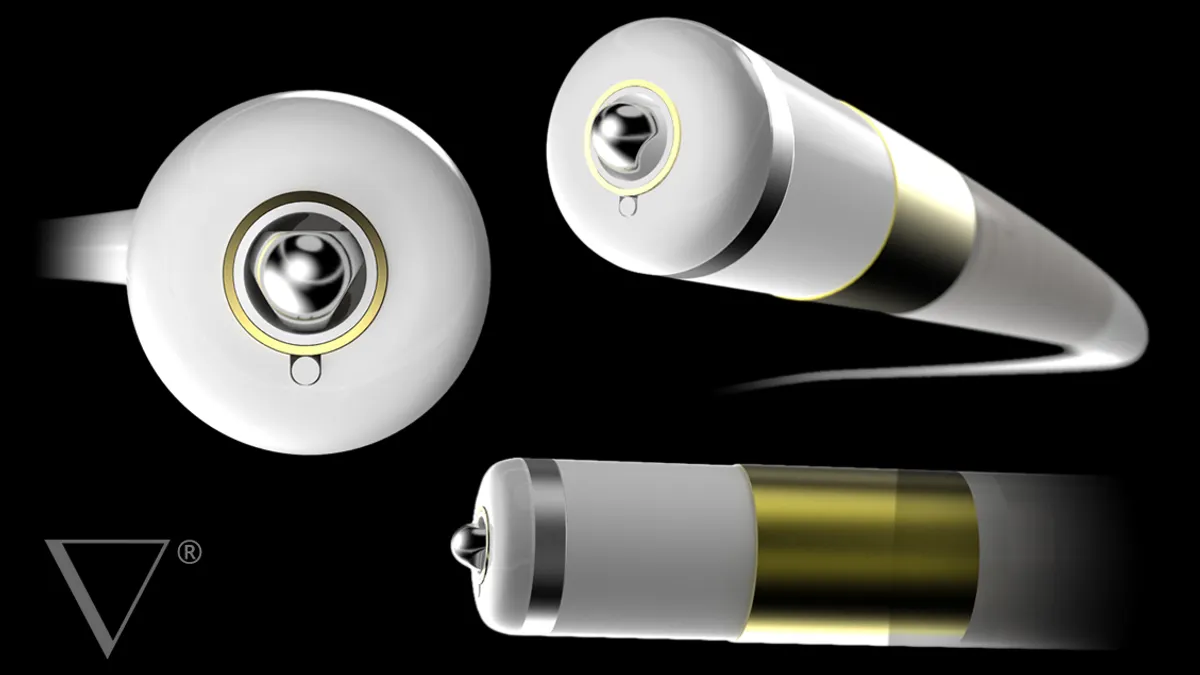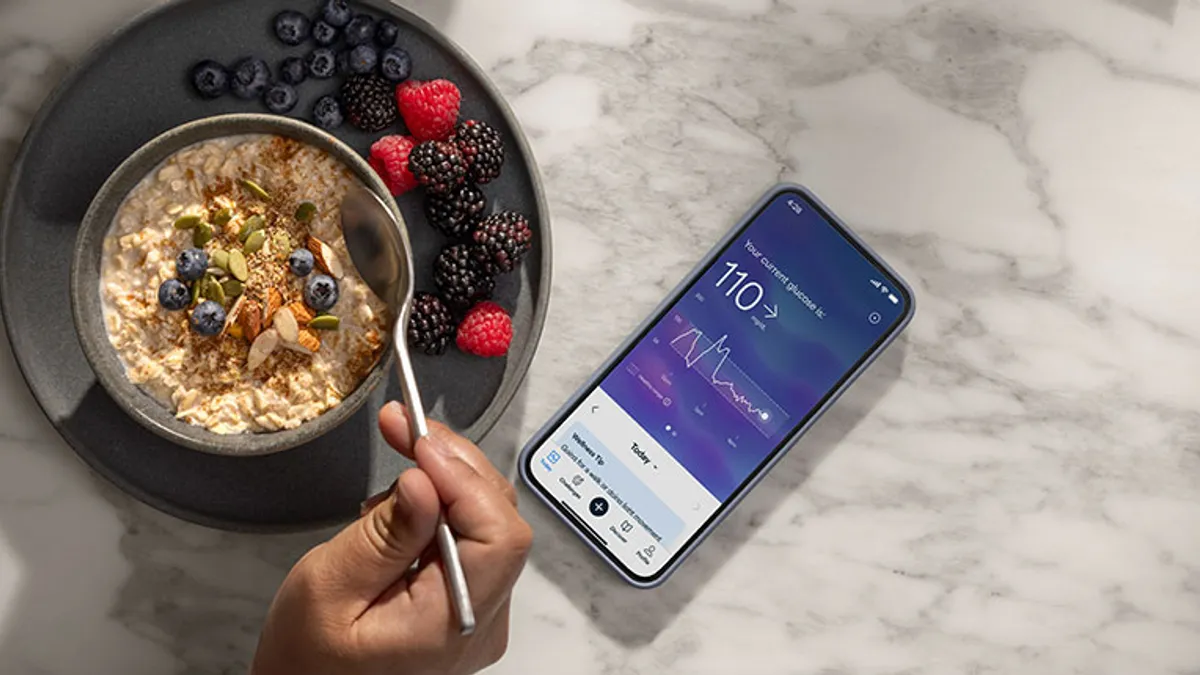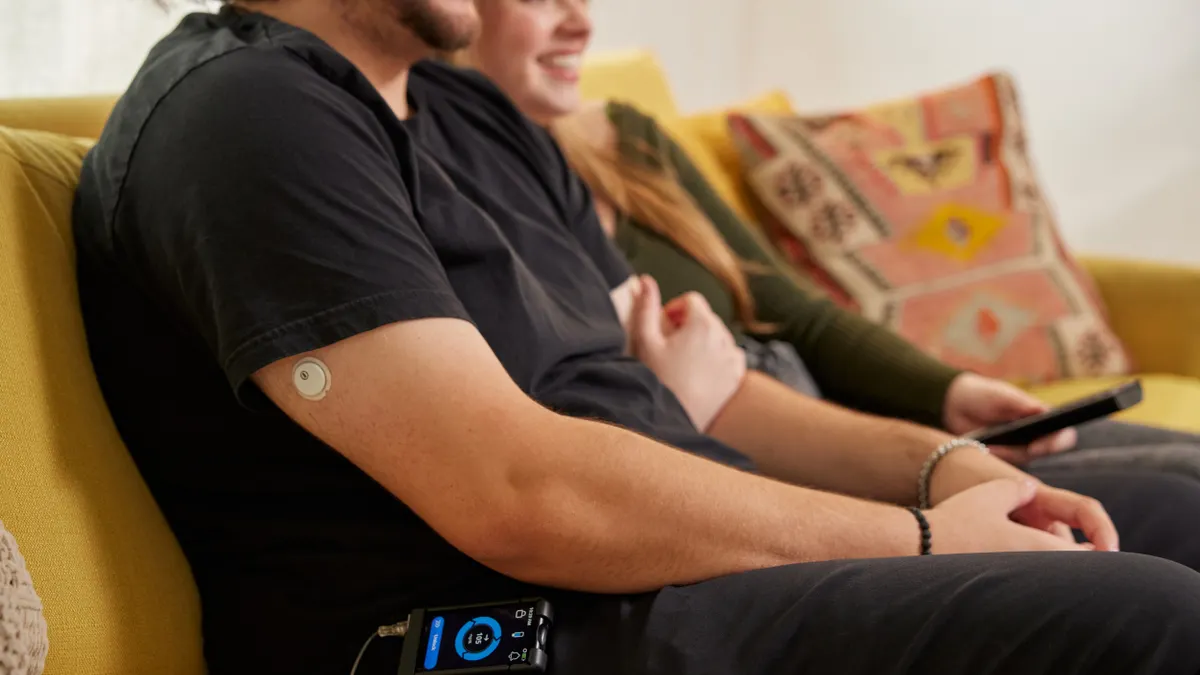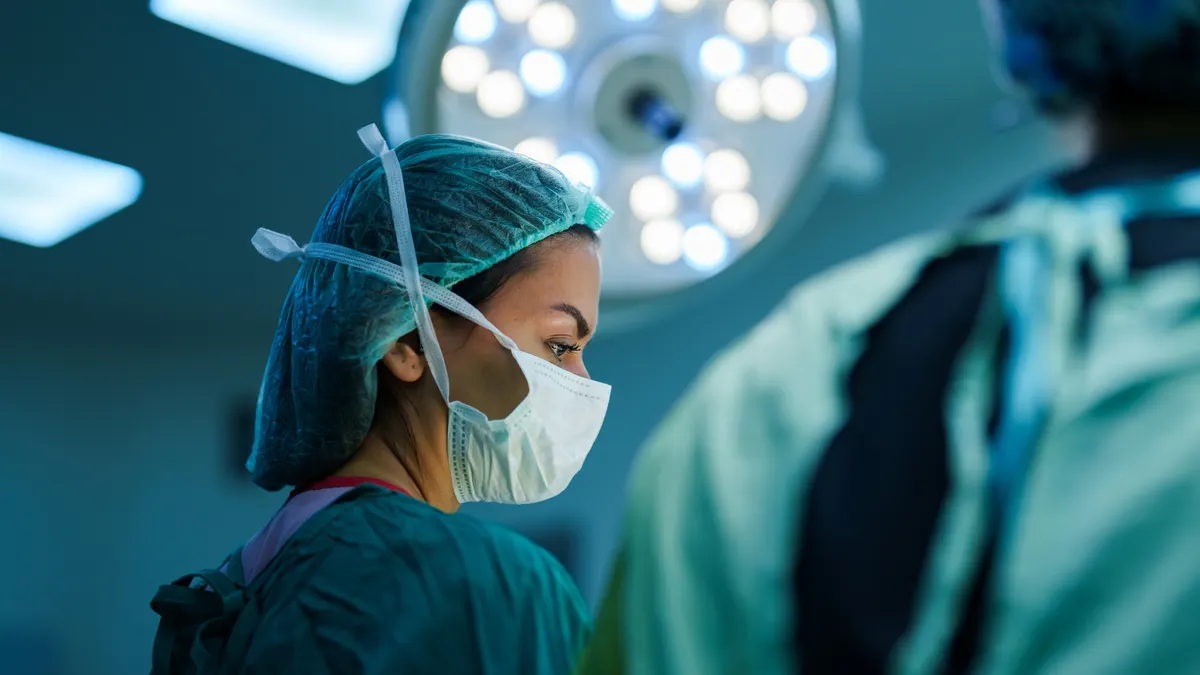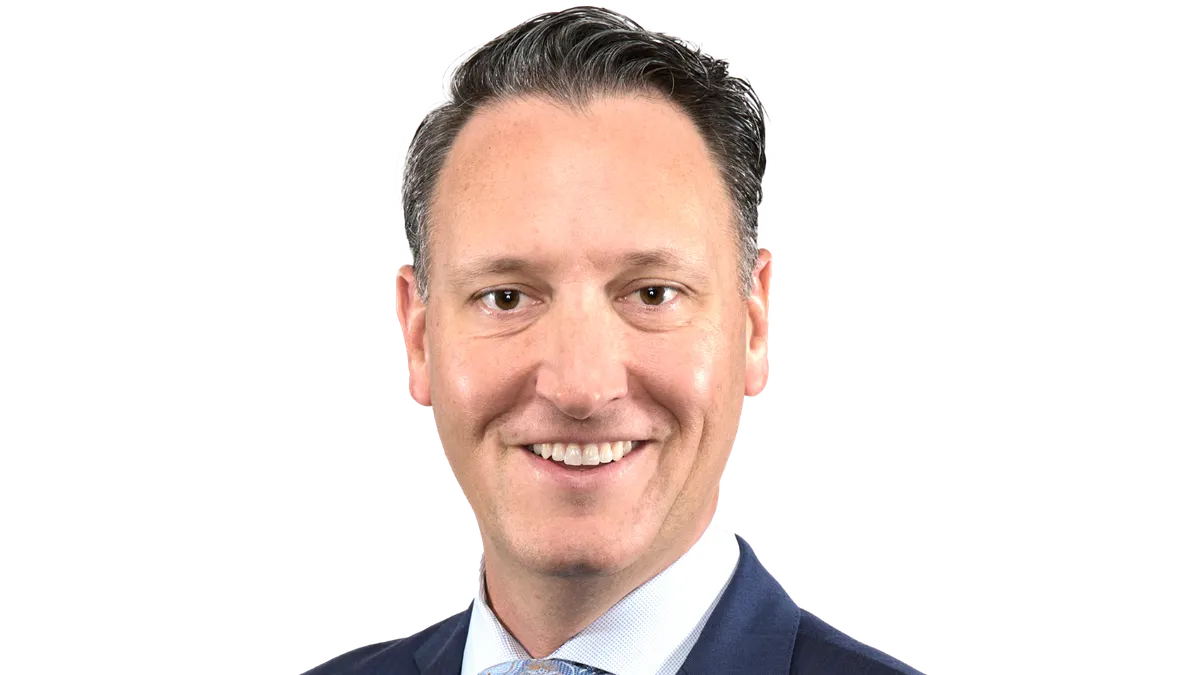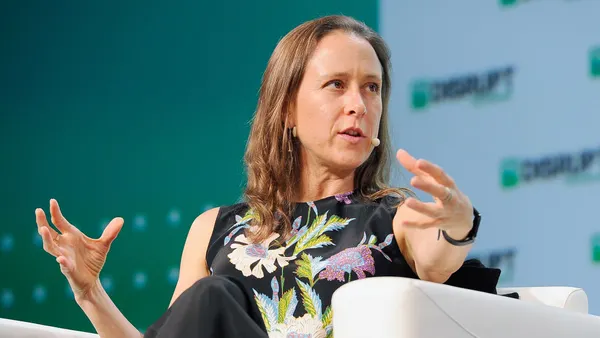Zimmer Biomet's plans to form a new company out of its spine and dental business were finalized on March 1, one of several recent medtech spinoffs. The new company, called ZimVie, launched to a chilly reception from the public markets, seeing its stock decline by a quarter in its first week of trading.
The company is forecasting revenues of roughly $1 billion in 2022. Revenues from its spine business in particular have slowed during the pandemic, decreasing from $608 million in 2019 to $529 million in 2020. The company also will have $561 million in debt, to start.
But the company's CEO, Vafa Jamali, took a cautiously optimistic tone, saying spinal procedures have started to recover as COVID-19 cases have abated from the most recent wave.
Jamali had worked for several large medtech firms, including leading Medtronic's gastroenterological business, before he was tapped to head up ZimVie.
In an interview with MedTech Dive, Jamali talked about how the new company will operate, and how the CEO's thinking about technology for ZimVie's spinal and dental businesses.
This interview has been edited for clarity and brevity.
MEDTECH DIVE: Now that the spinoff has just closed, what are your first priorities in your new role?
VAFA JAMALI: There's first the standing up of the independent company, which was largely in the last few months. We have an entirely new board of directors and an entirely new leadership team; all of the positions had to be filled.
Then there's an operational priority, which is the separation of the two companies. When these carve-outs happen, they're still somewhat entangled operationally with the parent. So there's a lot of work being done now to pull us off of those systems. And we will count monthly our progress towards that, but that'll be a big part of true independence: how quickly you get off of these shared programs.
While we do that, we'll look for synergies in terms of efficient business models. That will just give us more opportunity to spend on research and development, sales, marketing, those kinds of things that are really important to the health of the business.
And then finally, where do we innovate the strategy around how we will be successful? What do we pick as our growth drivers? What markets do we choose to be in? How do we deploy the right amount of capital to those opportunities? Those are all the fun, strategic mid- to longer-term things.
What opportunities do you see from having the dental and spine businesses spun out into a separate company?
JAMALI: I've spent 30 years in really big medtech companies. When you're not the focal part of that company, you don't get a lot of attention. And that's the right thing to do for that big company because they need to focus on the elements that are going to be really driving the growth, but the consequence of that is that you get a business that's largely ignored.
When you pull these out, you really unlock a lot of value. There are always products and technologies and they're really interesting, really elegant, really exciting, that need development where they need leadership. And the type of person that comes over to a carve-out is typically a little bit different because they're kind of getting a startup atmosphere with a billion-dollar revenue head start, which is what will happen at ZimVie.
The way that we manage the business is very different too because, you know, we're not diluted across 10 different segments. We've got two distinct segments that need to grow and we want them to grow and we will spend our time on those.
It's really, really helpful in terms of incubating ideas that are great, developing projects that are halfway done, and also eliminating waste and management focus that really shouldn't be on areas that are not consequential. These are all really critical differences that you get when you spin a company out.
There's been a lot of discussion recently on what 2022 is going to look like in terms of procedure volumes as the latest wave of COVID-19 cases in the U.S. subsides. What are you seeing in spine and dental?
JAMALI: Both were impacted really hard by COVID at the beginning. But because of maybe the private practice nature of the facilities, the dental ownership really adjusted very quickly, so a lot of dental practices developed PPE standards for themselves and for their patients. We really didn't see much drop-off after the initial significant dropdown. In the last few quarters, we've seen very normal trends with dental, in the U.S. anyway.
Spine was a little bit different because, like any other specialty, you're sharing the hospital. Those hospitals were really faced with the first COVID patients and then, how do you triage the most urgent patients? And by doing that, you're going to displace some procedures. We saw a lot of deferrals happen, and we're starting to see a comeback.
At the same time, I think some of the procedures can take a page out of specialties like dental, where you would likely see more movement to ambulatory surgery centers (ASCs). What you could do there is you can specialize and decide how you want to treat that patient. How will you manage your staffing a little bit more predictably, versus sharing a hospital? I think some of the movement will happen within hospital procedures to ASCs where possible.
As the situation starts to improve from a COVID perspective, with procedure volumes, do you see any potential changes to the guidance you gave for 2022?
JAMALI: We've been so bitten by the last two years, I think it's really difficult for us to really stand in front of it and go, 'this is the last wave.' We've given our guidance with the best knowledge that we have today, and I'm sure that if things change, we'll revise it as we stand today. I'm happy to see some signs of a return, albeit we've got a new crisis to manage.
We've just got to be careful and ultimately, we've got to do the best that we can to get these really incredible technologies in front of patients. And if we do that well, and if the community restores some sense of normalcy, we should see a really nice rebound.
Other medical device companies have been talking about some of the ongoing supply chain challenges. Has that been a significant factor for the business?
JAMALI: We haven't seen it yet, but we're really acutely aware of what could be out there, with metals, etc. There's probably some exposure out there but nothing that's been significant enough to press and the biggest issue we've had has been staffing shortages in hospitals, or patients that have been scheduled for surgery, and then have tested positive for Covid, and they go home until they've recovered. Those have been bigger impacts to us than anything else so far.
Zimmer Biomet started rolling out its smart knee implants last year. Will ZimVie also have access to that technology?
JAMALI: It's not a particular sensor technology that I would want to be married to, but I would want to make sure I was very, very certain of what I'm measuring and what service I'm providing either the healthcare provider or the patient. That value has to be worth the incremental sensor cost and management, all that.
So, we'd be interested in continuing to look at those kinds of technologies.
It's really important why you use data, right? Data should be used for either recovery or preventative, ideally. Preventative data, I think, is really, really useful. Which one of these do we use is the magic and it's great that there are lots of innovators out there with great ideas. We just have to make sure we're talking to them very regularly because they move quickly.
I'm also wondering about robotics. Do you see a potential role for that in the new company or potential for an acquisition?
JAMALI: So far, we have very low adoption of robotics in spine. I don't think that's forever. And I just think that we'll find better, more viable procedure candidates for that. But again, the introduction of technology needs to benefit the patient in terms of outcomes, and then the provider in terms of workflow, and ultimately the net cost has to be lower than the cost of just adding new tech to it.
We're really intrigued by technology and when I say technology, I really include smart sensors, visualization, navigation, data, robotics, all of that in the same breath. Again, I would want to package it with a procedure that needs the technology, needs the innovation.
Is there anything else you're watching right now?
JAMALI: One area that we can make a difference and make a market is this whole area of pediatric scoliosis. Typically what they'll do to solve that curve … they'll do a spinal fusion and it does fix the curve of that child.
The alternative is a technology we've developed for the candidates who are suitable for it. It's a tethering device. It's like a cord that provides tension as the child grows, and the spine stretches that cord, it straightens out the curve. What ends up happening there is that you get a kid that's now a young adult that remains mobile, so they retain their mobility with this tethering procedure.
To me, this is a really cool part of medtech and why we love the space. These don't happen often, these types of innovations, but when they happen, you've really got to enjoy it.


